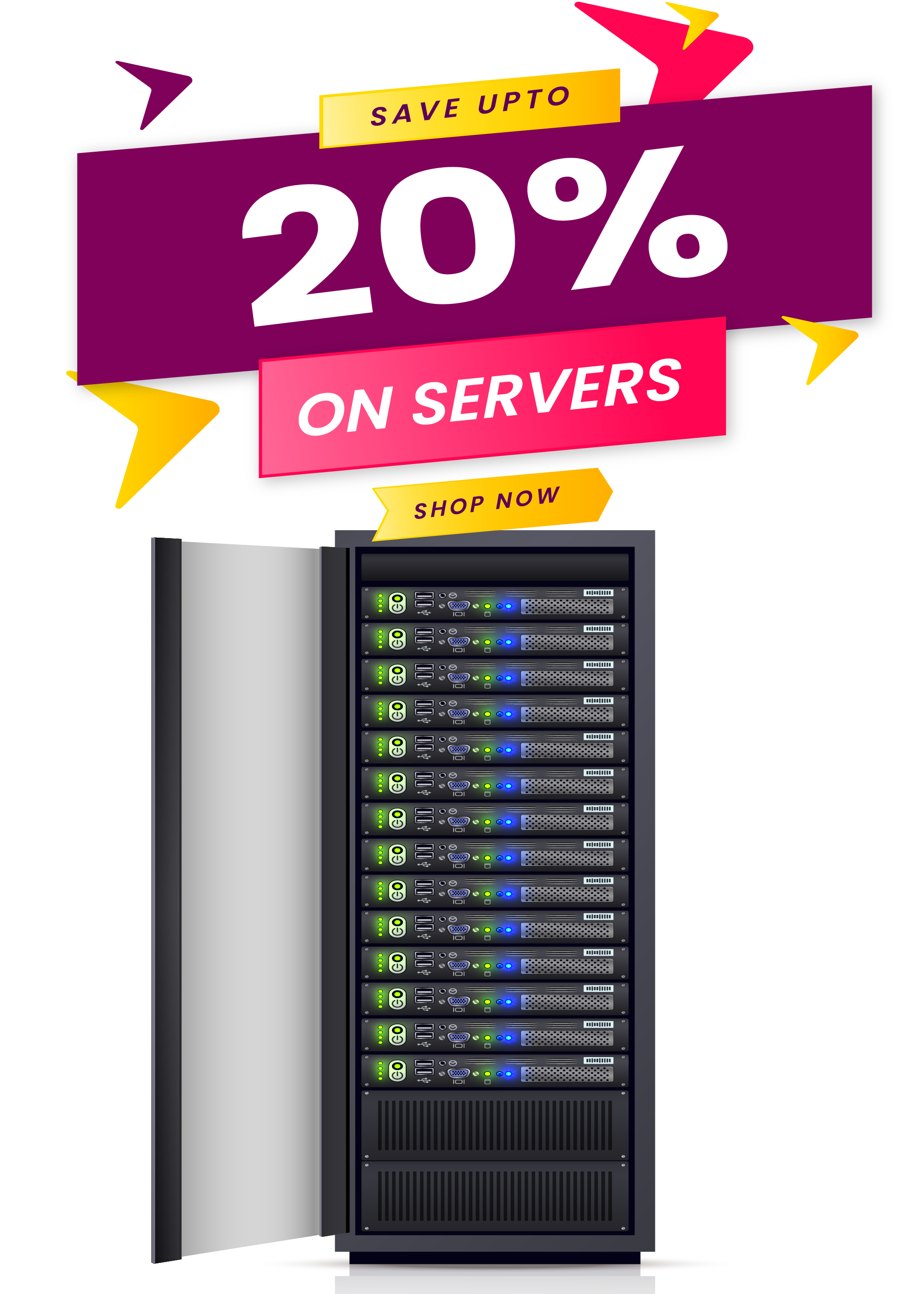A Brief Introduction to Tier 1 Data Center

Have you ever saved or transferred your crucial computer or phone data from one device to another? Or have you ever copied to a pen drive or any other hard drive? Of course, you did it many times. No matter whether you are a student, an employee, or a small business owner, data is paramount for everyone. For the last decades, as technology and digitalization have evolved rapidly, individuals and business owners have been cognizant of their critical data, servers, and information.
As a result, to keep such crucial data for the betterment of businesses, organizations seek a reliable and professional data center to house their servers. Indeed, data centers play a pivotal role and act as the backbone of our information-driven world. With the help of professional data centers, we can house the critical infrastructure that empowers the Internet, cloud services, and enterprise applications.
However, data centers are classified into a tier system according to business needs. In this Knowledge base post, we will discuss Tier 1 data centers and how they are necessary for IT infrastructure. So, without further ado, let’s get started.
Tier 1 Data Center – What is it?
Starting at the elemental level, a Tier 1 data center is the most basic level of data center infrastructure, designed to offer a simple and cost-effective solution for smaller businesses or organizations with limited requirements. The tier system ranges from Tier 1 to Tier 4, with each ascending tier describing increased levels of redundancy, reliability, and availability.
Tier 1 data centers are primarily designed to provide the basic infrastructure with limited redundancy and are basically suitable for small businesses or organizations with minimal uptime requirements. They offer a single path for power and cooling and can easily control non-critical applications where downtime can be tolerated. Some significant key features of Tier 1 data center are as follows:
General Infrastructure: Tier 1 data centers have a single path for power and cooling, with no redundant components. It means there is no facility of backup if the primary source fails, making them less resilient to interruptions.
Uptime: These data centers provide availability of approximately 99.671%, translating to about 28.8 hours of downtime annually. While if we talk about enough for several small-scale operations, this may not be adequate for businesses needing constant uptime.
Cost-Effective: Due to their simplest setup, Tier 1 data centers are the most cost-effective option. They offer crucial services without the expense costs associated with more advanced tiers.
Maintenance: Maintenance or upgrades often need planned downtime, as there are no redundant systems to take over during these periods. This necessitates careful scheduling to overcome business disruption.
Usage Scenarios: Perfect for small businesses or startups with less important needs and limited budgets. They function effectively for fundamental requirements such as internal IT operations, small-scale web hosting, and non-essential applications. Even though Tier 1 data centers lack the high availability and redundancy found in higher-tier facilities, they provide a strong and cost-effective base for organizations with basic needs.
Limited Redundancy: Due to their basic design, Tier 1 data centers lack the redundancy features found in higher-tier data centers. There are no duplicate components for power, cooling, or network connectivity, making them more vulnerable to outages and maintenance activities.
Single Path for Power and Cooling: Tier 1 data centers use one pathway for both power and cooling. This indicates that no extra systems are available to step in if a failure occurs. In case of a power supply interruption or cooling system failure, the data center will be down until the problem is fixed.
Read Also: What is the Role of Data Center Management?
Benefits of Tier 1 Data Centers
Despite their limitations, Tier 1 data centers offer multiple benefits, particularly for small businesses and organizations with limited IT budgets.
- Cost-Effective: One of the primary benefits of a Tier 1 data center is its cost-effectiveness. The basic design and lack of redundant systems result in lower capital and operational expenses, making Tier 1 data centers a lucrative option for startups and small businesses that need a cost-efficient solution for their IT infrastructure.
- Simplicity: Tier 1 data centers’ simplicity can benefit organizations with basic IT needs. These data centers are simpler to run and upkeep due to having less components and systems to oversee. This has the potential to lessen the intricacy and burden on IT employees.
- Suitable for Non-Critical Applications: Tier 1 data centers are well-suited for non-critical applications where occasional downtime is acceptable. This includes applications such as internal file sharing, development and testing environments, and other non-essential services.
Let’s Discuss Some Use Cases of Tier 1 Data center
Given their basic design and limited redundancy, Tier 1 data centers are best suited for specific use cases where cost is a primary concern and occasional downtime is acceptable.
Small Businesses: As discussed, small businesses with limited IT budgets and non-critical applications can benefit from the cost-effectiveness of Tier 1 data centers. These organizations can leverage Tier 1 facilities to host their basic IT infrastructure without incurring significant expenses.
Development and Testing Environments: Tier 1 data centers can be used to host development and testing environments where occasional downtime will not impact business operations. Developers can use these environments to test new applications and software updates before deploying them to production systems.
Backup and Archiving: Organizations can use Tier 1 data centers for backup and archiving purposes. Since these tasks are not time-sensitive, occasional downtime in the data center will not have a significant impact on business continuity.
Thus, when it comes to the data center ecosystem, Tier 1 data centers play an essential role in offering a cost-effective solution for organizations with basic IT requirements. While they lack the redundancy and reliability features of higher-tier data centers, they provide simplicity and affordability, making them suitable for small businesses and non-critical applications.
In addition, when selecting a Tier 1 data center, businesses must carefully calculate their specific requirements and tolerance for downtime. For businesses with mission- critical applications and a requirement for high availability, investing in a higher-tier data center may be crucial to certify the continuity and reliability of their IT services.
So, all in all you can say, Tier 1 data centers offer an important entry point for organizations seeking to set up their IT infrastructure without compromising the cost. By understanding the characteristics, advantages, and limitations of Tier 1 data centers, businesses can make informed decisions that fulfill their operational requirements.


